Home>diy>Planning & Engineering>The Landscape Architect Who Led The Movement For Planned Urban Parks
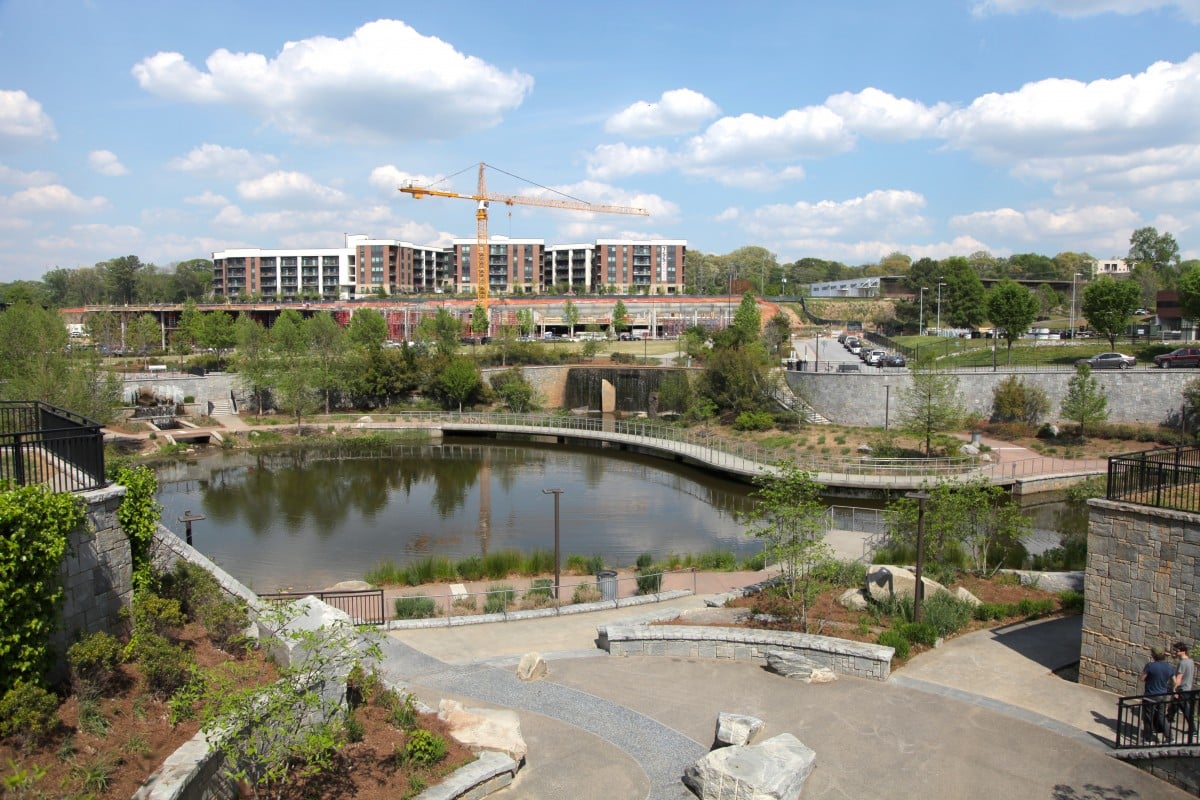

Planning & Engineering
The Landscape Architect Who Led The Movement For Planned Urban Parks
Modified: January 19, 2024
Discover how the prominent landscape architect revolutionized urban parks, emphasizing the role of planning and engineering in their creation.
(Many of the links in this article redirect to a specific reviewed product. Your purchase of these products through affiliate links helps to generate commission for Storables.com, at no extra cost. Learn more)
Introduction
The landscape architect who led the movement for planned urban parks was a visionary individual whose innovative ideas transformed the way cities were designed and enjoyed by their residents. This remarkable individual, whose name may not be widely known, had a profound impact on the urban landscape, shaping the way we interact with nature in urban environments.
Urban parks play a vital role in creating sustainable and livable cities, providing green spaces for leisure, recreation, and social gatherings. However, the concept of planning and designing urban parks was not always a priority in urban development. In the early days of urbanization, green spaces were often an afterthought, with little consideration given to their design, functionality, and integration within the city fabric.
It was during this time that our enterprising landscape architect emerged, armed with a vision to transform the urban landscape through thoughtful park planning and design. This individual understood the profound impact that well-planned parks could have on the overall quality of life in cities, and they were determined to make their mark.
Through years of research and advocacy, this landscape architect championed the importance of planned urban parks as essential components of urban planning. They recognized that urban parks could serve as oases amidst the hustle and bustle of city life, providing much-needed respite and connection with nature.
They firmly believed that access to well-designed green spaces was not a luxury, but a necessity for the physical, mental, and emotional well-being of urban dwellers. With this mindset, they embarked on a mission to change the way cities approached the creation and maintenance of urban parks.
Their approach went beyond simply adding vegetation and walking paths to cities. They understood the need to consider factors such as accessibility, biodiversity, connectivity, and cultural relevance in park planning. They viewed urban parks as integrated systems that could support ecological balance while providing recreational opportunities. Their aim was to create vibrant and inclusive spaces that catered to the diverse needs and interests of the urban population.
Over time, this landscape architect’s ideas gained recognition and support from urban planners, policymakers, and communities. Their innovative concepts and designs became the blueprint for future park planning, inspiring countless other cities and designers to adopt similar approaches.
In this article, we will delve into the life, achievements, and lasting influence of this remarkable landscape architect. We will explore their early life and education, their early career and influential mentors, the birth of the urban parks movement, their major contributions and achievements, and the lasting legacy they left behind.
Join us on this journey as we celebrate the visionary landscape architect who paved the way for planned urban parks and revolutionized the way we interact with green spaces in our cities.
Key Takeaways:
- The visionary landscape architect’s innovative park designs and sustainable practices revolutionized urban planning, emphasizing inclusivity, community engagement, and environmental stewardship, leaving a lasting impact on cities worldwide.
- Their unwavering commitment to the urban parks movement sparked a paradigm shift, inspiring future generations to prioritize well-designed green spaces, shaping the way we interact with and appreciate nature in urban environments.
Early Life and Education
The landscape architect who led the movement for planned urban parks was born in a small town with a deep appreciation for nature. Growing up surrounded by lush greenery and awe-inspiring landscapes, they developed a deep connection to the natural world from a young age. This early exposure to the beauty and wonders of nature would shape their future aspirations and career path.
Throughout their childhood, this visionary individual spent countless hours exploring forests, gardens, and parks, immersing themselves in the serenity and tranquility that these natural environments offered. These experiences instilled in them a keen sense of the importance of nature in our lives and a desire to protect and enhance it.
Driven by their passion for the outdoors, they pursued higher education in landscape architecture. They enrolled in a renowned university known for its emphasis on sustainable design and innovative approaches to urban planning. Here, they developed a solid foundation in landscape planning, ecological principles, and design aesthetics, which would later shape their career and drive their mission to create planned urban parks.
During their time in university, they were fortunate to receive guidance from influential professors who challenged them to think beyond traditional models of urban planning. These mentors encouraged them to explore the potential of green spaces in urban settings and pushed them to develop fresh and holistic approaches to park design.
Their education also encompassed a comprehensive understanding of the social, economic, and environmental aspects of urban planning. Recognizing the importance of community engagement and collaboration, they took courses in sociology, urban geography, and public participation to gain a well-rounded perspective on the complexities of urban environments.
Inspired by the works of renowned landscape architects and urban planners, our visionary individual immersed themselves in extensive research. They studied various park designs, ranging from historic gardens to contemporary urban parks, drawing inspiration from different cultures and landscapes around the world.
It was during their time in university that they began developing their unique philosophy on park planning. They believed that urban parks should not only be aesthetically pleasing, but also multifunctional spaces that catered to the diverse needs and interests of the urban population. They emphasized the importance of accessibility, inclusivity, and sustainability in park design, striving to create spaces that were welcoming to individuals of all ages, abilities, and backgrounds.
Equipped with a strong educational foundation and a deep passion for creating meaningful green spaces, our landscape architect emerged from university ready to embark on their mission to transform the urban landscape through planned urban parks.
Stay tuned as we explore the early career and influential mentors that played a pivotal role in shaping the ideas and vision of our visionary landscape architect.
Early Career and Influences
After completing their education, our landscape architect embarked on their early career, eager to put their knowledge and passion into practice. They sought opportunities to work with established landscape architecture firms known for their innovative approaches to urban design and sustainability.
During this formative phase of their career, our visionary individual had the privilege of working alongside influential mentors who further shaped their understanding of park planning and design. These mentors were seasoned professionals with a wealth of experience and a deep commitment to creating sustainable and livable urban environments.
Under the guidance of these mentors, our landscape architect gained valuable insights into the intricacies of park design and the complexities of working within the urban context. They learned the importance of considering factors such as site analysis, user needs, cultural context, and environmental sustainability when designing urban parks.
One particular mentor had a profound impact on our landscape architect’s career. This mentor was an esteemed landscape architect with a deep understanding of the social and cultural dynamics of urban areas. They emphasized the need to create parks that not only provided recreational opportunities but also fostered a sense of community and civic pride.
Through their mentorship, our landscape architect grasped the significance of community engagement in the design and implementation of urban parks. This mentor believed in creating spaces that reflected the unique identity of the community they served. They stressed the importance of involving local residents in the design process, ensuring their voices were heard, and their needs were met.
These formative experiences and the guidance of influential mentors laid the foundation for our landscape architect’s approach to park design. They were inspired to create meaningful outdoor spaces that were not only visually appealing but also responsive to the social, cultural, and environmental needs of the communities they served.
Early in their career, our landscape architect had the opportunity to work on a groundbreaking project that would solidify their commitment to the urban parks movement. They were tasked with designing a park in a densely populated city neighborhood that lacked green spaces.
Driven by their vision of creating inclusive and accessible parks, they conducted extensive community outreach and engagement activities. They organized workshops, surveys, and focus groups to gather insights from local residents, ensuring their voices were at the forefront of the design process.
The result was a vibrant and inclusive park that catered to the diverse needs and interests of the community. It featured walking paths, playgrounds, picnic areas, and gathering spaces that encouraged social interactions and fostered a sense of belonging.
This early success propelled our landscape architect into the spotlight and caught the attention of urban planners and policymakers. They became recognized as a trailblazer in the field of park design and were sought after for their expertise in creating thoughtfully planned and sustainable urban parks.
As their career flourished, our visionary landscape architect continued to push boundaries and challenge conventional wisdom in the urban planning and design realm. They drew inspiration from various disciplines such as ecology, art, and sociology, integrating these diverse influences into their park designs.
Their ability to think outside the box and approach park design from a multidisciplinary perspective set them apart and made their work truly exceptional. Their innovative and holistic approach to park planning and design would soon become a hallmark of their career.
Join us in the next section as we delve into the birth of the urban parks movement and how our landscape architect played a pivotal role in its development.
The Birth of the Urban Parks Movement
The birth of the urban parks movement was a turning point in the landscape architecture profession and urban planning as a whole. It marked a shift in priorities, recognizing the importance of well-designed green spaces within the urban fabric for the well-being of city dwellers.
During a time when rapid urbanization and industrialization were taking place, cities were becoming congested and polluted. The need for accessible and well-maintained green spaces became increasingly evident. In response to this growing concern, a movement emerged, led by our visionary landscape architect.
Our landscape architect recognized the urgent need to prioritize green spaces within urban environments, not only for recreational purposes but also for the ecological and social benefits they provide. They argued that urban parks were not just luxuries for affluent neighborhoods but necessities for all communities, regardless of their socioeconomic status.
To rally support for the urban parks movement, our landscape architect embarked on an ambitious advocacy campaign. They wrote articles, delivered speeches, and engaged in public debates, highlighting the importance of planned urban parks in improving the quality of life in cities.
Their convincing arguments resonated with urban planners, policymakers, and the general public. The concept of planned urban parks gained significant traction, and city governments started allocating more resources and land for the creation of green spaces.
Realizing that the success of the urban parks movement relied on collaboration and partnership, our visionary landscape architect formed alliances with like-minded individuals and organizations. They established connections with conservation groups, community organizations, and urban planning agencies, working together to advocate for the creation of well-designed and accessible urban parks.
The movement gained further momentum with the support of influential figures from various sectors. Environmentalists recognized the potential of urban parks in promoting biodiversity and mitigating the effects of urban heat islands. Health professionals acknowledged the role of green spaces in improving physical and mental well-being.
As the urban parks movement gained ground, our landscape architect’s influence extended beyond their own city. They became a sought-after speaker at conferences and workshops, sharing their expertise and inspiring others to join the cause. Their ideas began to spread, stimulating a global movement for planned urban parks.
Through the urban parks movement, the landscape architect sought to create a paradigm shift in urban planning. They promoted innovative design strategies that incorporated sustainability principles, such as using native plants, implementing stormwater management solutions, and integrating outdoor recreational facilities for diverse user groups.
Furthermore, our landscape architect championed the concept of green infrastructure, recognizing that urban parks could play a vital role in addressing environmental challenges, such as climate change, air pollution, and urban runoff. They advocated for the integration of green spaces within the overall urban fabric, creating a network of interconnected parks and green corridors.
The urban parks movement established a new standard for urban planning and design, transforming cities into more livable, sustainable, and inclusive spaces. Through their tireless advocacy and groundbreaking projects, our visionary landscape architect paved the way for a future where planned urban parks are an integral part of every city’s landscape.
In the next section, we will explore the major contributions and achievements of our landscape architect, detailing the projects and initiatives that solidified their position as a leader in the field.
Frederick Law Olmsted, the landscape architect who led the movement for planned urban parks, believed in the importance of incorporating natural elements into urban environments to improve public health and well-being.
Major Contributions and Achievements
Throughout their illustrious career, our visionary landscape architect made significant contributions to the field of planned urban parks. Their innovative ideas, groundbreaking projects, and tireless advocacy efforts cemented their position as a leader in the urban planning and design realm. Let’s delve into some of their major contributions and achievements:
1. Pioneering Park Design Concepts: Our landscape architect introduced pioneering concepts in park design that revolutionized the way urban parks were planned and perceived. They emphasized the importance of multi-functionality, creating parks that catered to a diverse range of user needs, including recreational activities, community gatherings, natural habitat conservation, and outdoor education.
2. Sustainable Design Practices: Recognizing the urgency of addressing environmental challenges, our landscape architect integrated sustainable design practices into park planning. They utilized green infrastructure strategies, such as rainwater harvesting, permeable paving, and native plantings, to create resilient and environmentally friendly park spaces.
3. Community Engagement and Inclusivity: Our landscape architect firmly believed in the power of community engagement and inclusivity in park planning. They developed innovative approaches to involve local residents in the design process, ensuring that the parks reflected their needs, aspirations, and cultural identities. This approach fostered a stronger sense of ownership and pride within the community.
4. Influential Park Projects: Our landscape architect spearheaded the design and implementation of several influential park projects that became benchmarks for the field. These projects showcased their innovative design concepts, sustainable practices, and commitment to creating vibrant and inclusive spaces. Their parks became popular and beloved destinations that attracted visitors from near and far.
5. Knowledge Sharing and Education: Our visionary landscape architect was an active proponent of knowledge sharing and education. They conducted workshops, lectures, and training sessions, sharing their expertise and inspiring the next generation of landscape architects and urban planners. Their commitment to mentorship and knowledge dissemination contributed to the growth and development of the field.
6. Policy Influence: Through their relentless advocacy and strong leadership, our landscape architect played a pivotal role in influencing urban planning policies at local, regional, and even national levels. Their expertise and insights were sought after by policymakers, who recognized their contribution in shaping sustainable and people-centric urban environments.
7. International Impact: Our landscape architect’s work extended beyond their own city and country. Their ideas and projects inspired urban planners and landscape architects worldwide, shaping the way parks and urban spaces were designed in different parts of the globe. Their international impact helped catalyze a global movement for planned urban parks.
8. Awards and Recognition: The contributions and achievements of our landscape architect were widely acknowledged through numerous awards, accolades, and honorary memberships in professional organizations. Their groundbreaking work and dedication to creating meaningful green spaces earned them the respect and admiration of their peers.
The major contributions and achievements of our visionary landscape architect have left an indelible mark on the field of planned urban parks. Their influence continues to resonate, shaping the way we approach urban planning and design, and emphasizing the vital role of well-planned green spaces in creating sustainable and livable cities.
In the next section, we will delve into the lasting legacy and impact that our landscape architect has had on the urban parks movement and the field of landscape architecture as a whole.
Legacy and Impact
The legacy of our visionary landscape architect is far-reaching, leaving an enduring impact on the urban parks movement and the field of landscape architecture as a whole. Their innovative ideas, groundbreaking projects, and unwavering commitment to creating planned urban parks have transformed the way cities are designed and experienced. Let’s explore the lasting legacy and impact of their work:
1. Shifting the Paradigm: Our landscape architect challenged the traditional approaches to urban planning, elevating the importance of well-designed and accessible urban parks. They shifted the paradigm by emphasizing the integral role of green spaces in creating sustainable, inclusive, and livable cities. Their work inspired a new generation of landscape architects and urban planners to prioritize parks in their designs.
2. Urban Parks Movement: Our visionary landscape architect played a pivotal role in sparking the urban parks movement. They tirelessly advocated for the creation of planned urban parks and educated communities and policymakers about their importance. The movement they initiated continues to gain momentum, resulting in more thoughtfully designed urban parks in cities worldwide.
3. Improved Quality of Life: Through their innovative park designs, our landscape architect has significantly enhanced the quality of life in cities. Their parks have become havens for relaxation, recreation, and community engagement. By blending nature and human-centric design principles, they have created spaces that promote physical and mental well-being, foster social connections, and offer respite from the stresses of urban living.
4. Environmental Stewardship: Our landscape architect’s sustainable design practices and focus on green infrastructure have contributed to environmental stewardship. Their parks incorporate elements like rainwater harvesting, native plantings, and permeable surfaces, reducing water runoff and providing habitats for wildlife. Their approach showcases how urban parks can play a critical role in mitigating the effects of climate change and preserving biodiversity within urban areas.
5. Cultural Relevance: Our visionary landscape architect understood the importance of cultural relevance in park design. They embraced the cultural diversity of communities and sought to integrate local art, history, and traditions into their park projects. Their parks celebrate the unique identity of the communities they serve, fostering a sense of pride and connection among residents.
6. Inspiration for Future Generations: The work of our landscape architect continues to inspire future generations of landscape architects and urban planners. Their innovative design concepts and holistic approach to park planning serve as a guiding light for those seeking to create sustainable and people-centric urban environments. Their legacy inspires new ideas, pushes boundaries, and encourages ongoing innovation in the field.
7. Policy Influence: Our landscape architect’s influence extends beyond park design. Their expertise and advocacy efforts have influenced urban planning policies, encouraging governments and municipalities to prioritize the creation of green spaces. Their work has helped shape regulations and guidelines that promote the integration of parks in urban development plans.
8. Public Awareness and Appreciation: The work of our visionary landscape architect has raised public awareness about the importance of parks in cities. Their parks have become beloved symbols of community pride, attracting visitors and fostering a deeper appreciation for nature and the built environment. The public’s increased understanding of the benefits of urban parks has led to greater support and investment in green spaces.
The legacy of our landscape architect will continue to thrive as their principles and ideas are embraced by future generations. Their vision for planned urban parks has become a cornerstone of modern urban planning, ensuring that cities around the world prioritize sustainable, inclusive, and vibrant green spaces for generations to come.
As we conclude our exploration of the remarkable landscape architect who led the movement for planned urban parks, let us reflect on the lasting impact they have left on our cities and the enduring legacy that continues to shape the field of landscape architecture.
Conclusion
The landscape architect who led the movement for planned urban parks was a visionary individual who recognized the transformative power of well-designed green spaces within cities. Through their innovative ideas, groundbreaking projects, and tireless advocacy efforts, they revolutionized the field of landscape architecture and left a lasting impact on the urban parks movement.
From their early life and education to their influential mentors and early career experiences, this visionary landscape architect was shaped by a deep appreciation for nature and a desire to create meaningful outdoor spaces. They believed that access to well-designed urban parks was a necessity, not a luxury, for the well-being of urban dwellers.
The birth of the urban parks movement, driven by their unwavering commitment, sparked a shift in priorities in urban planning. Their pioneering concepts in park design emphasized multi-functionality, sustainability, and community engagement, setting new standards for creating vibrant and inclusive green spaces.
Their major contributions and achievements included the introduction of innovative park design concepts, the integration of sustainable practices, and the promotion of community engagement and inclusivity. Their influential park projects became benchmarks in the field, inspiring urban planners and landscape architects worldwide.
Furthermore, their legacy and impact extended beyond their own city, leaving an international footprint in the urban parks movement. Their work influenced urban planning policies, improved the quality of life in cities, and showcased the vital role of green spaces in addressing environmental challenges.
Their lasting legacy continues to inspire future generations, fostering a deep appreciation for the importance of planned urban parks in creating sustainable and livable cities. Their vision and innovative approaches remain guiding beacons for landscape architects and urban planners striving to create meaningful and impactful green spaces.
In conclusion, the landscape architect who spearheaded the movement for planned urban parks has left an indelible mark on our cities and the field of landscape architecture. Their passion, creativity, and dedication have transformed the way we envision and design urban environments, ensuring that well-planned green spaces are at the heart of every community. As we enjoy the benefits of these planned urban parks, we owe a debt of gratitude to this visionary individual who forever changed the way we interact with and appreciate nature in our cities.
Frequently Asked Questions about The Landscape Architect Who Led The Movement For Planned Urban Parks
Was this page helpful?
At Storables.com, we guarantee accurate and reliable information. Our content, validated by Expert Board Contributors, is crafted following stringent Editorial Policies. We're committed to providing you with well-researched, expert-backed insights for all your informational needs.
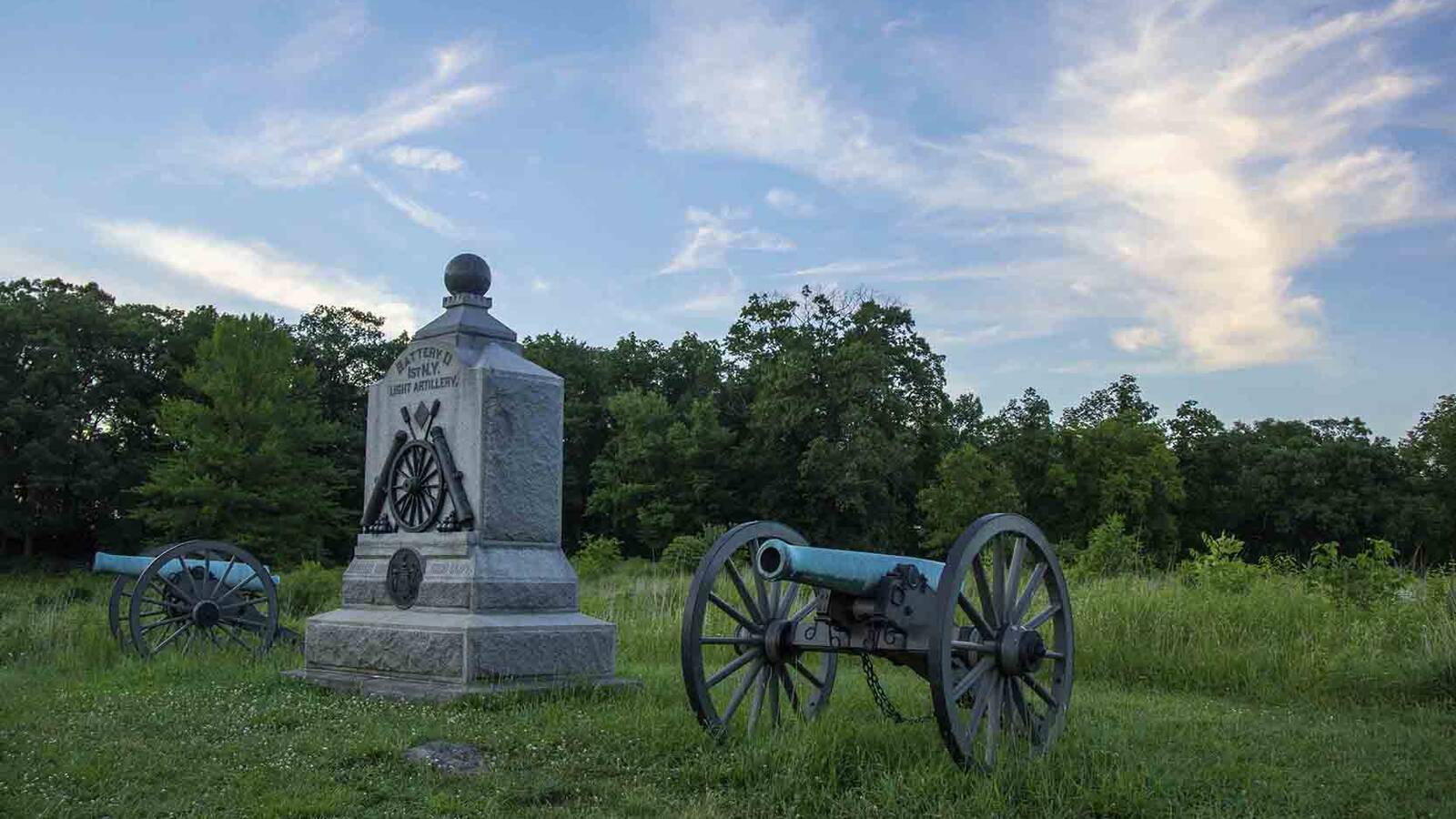
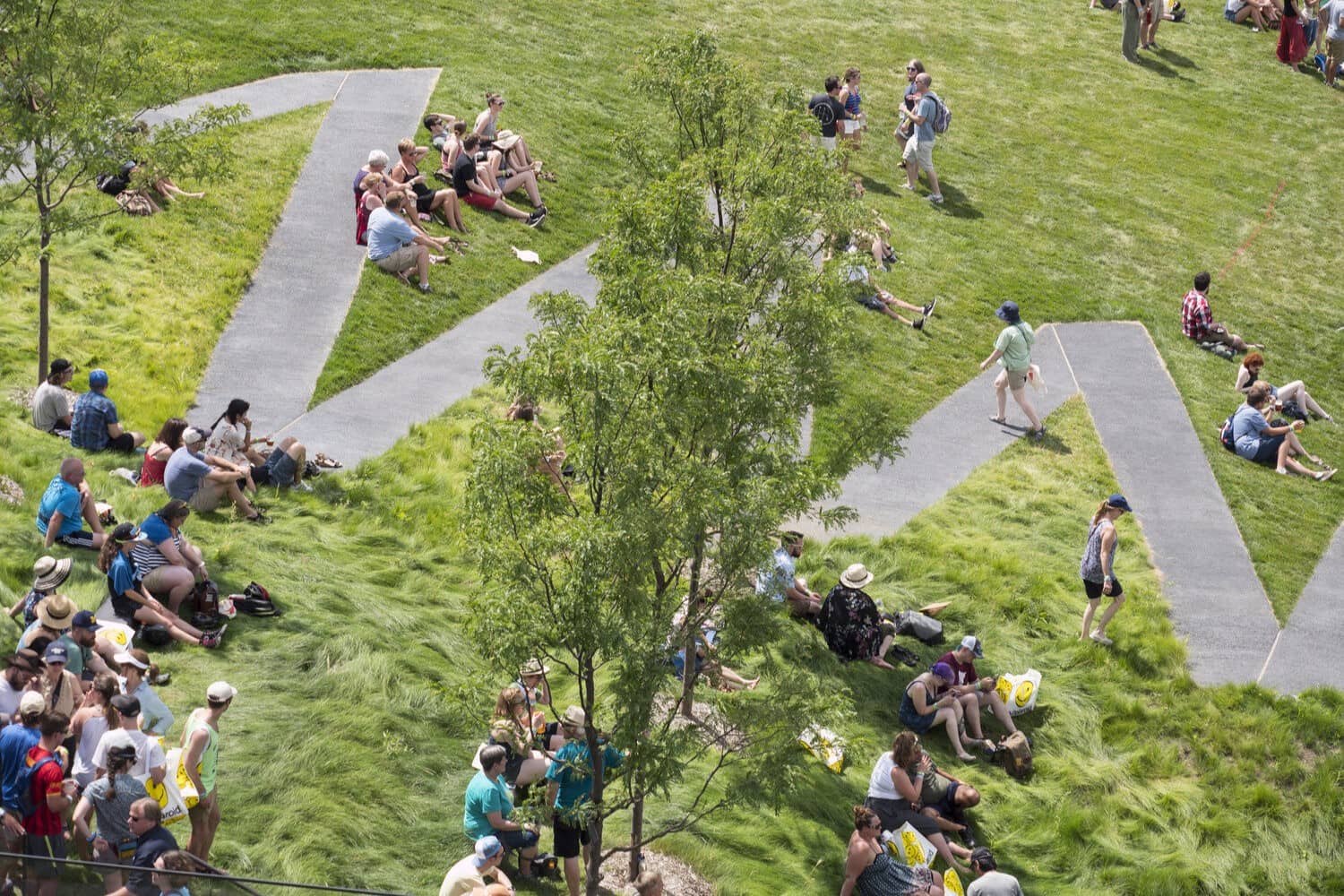
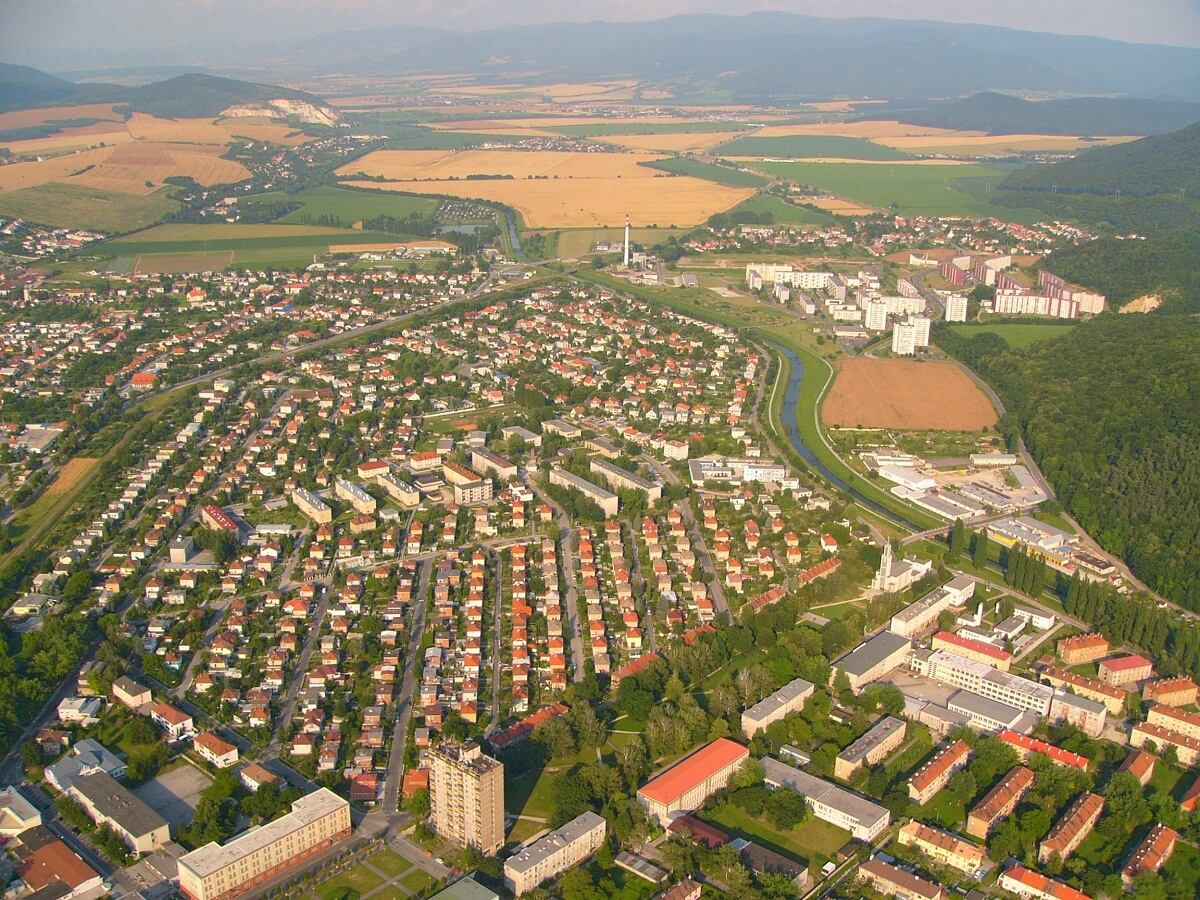

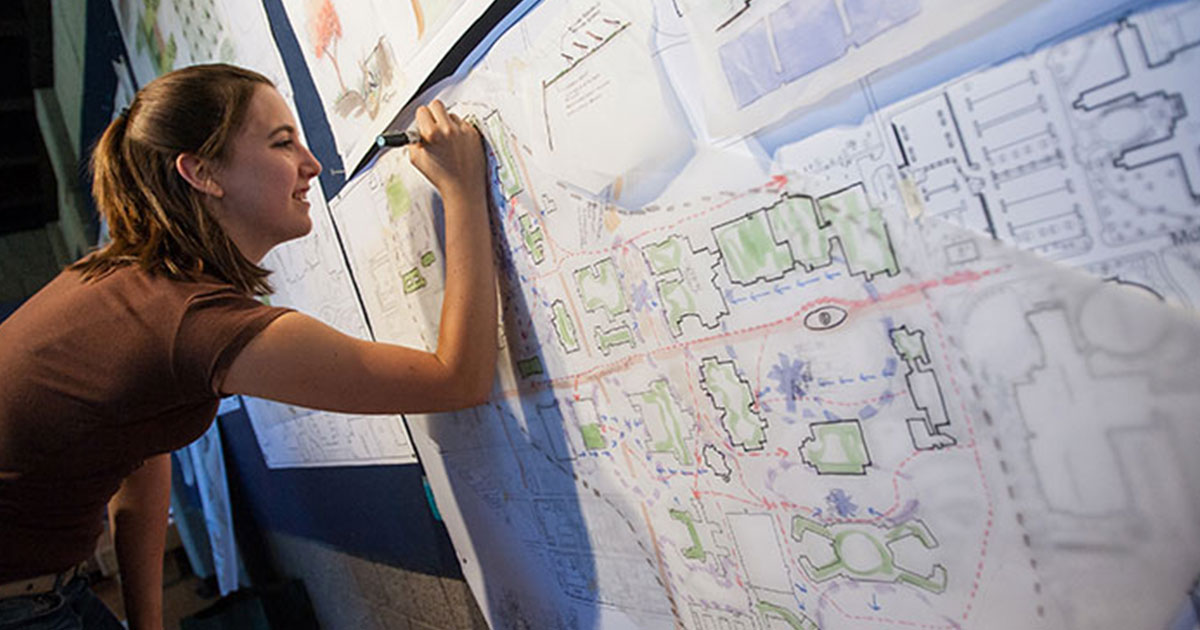
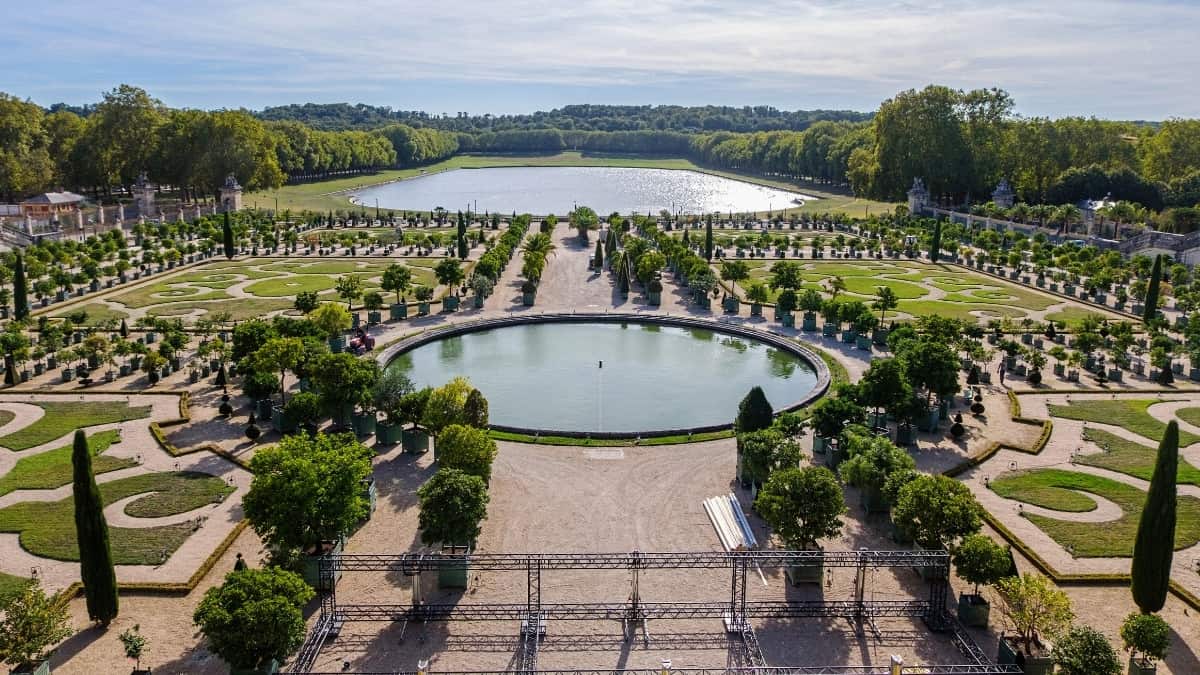

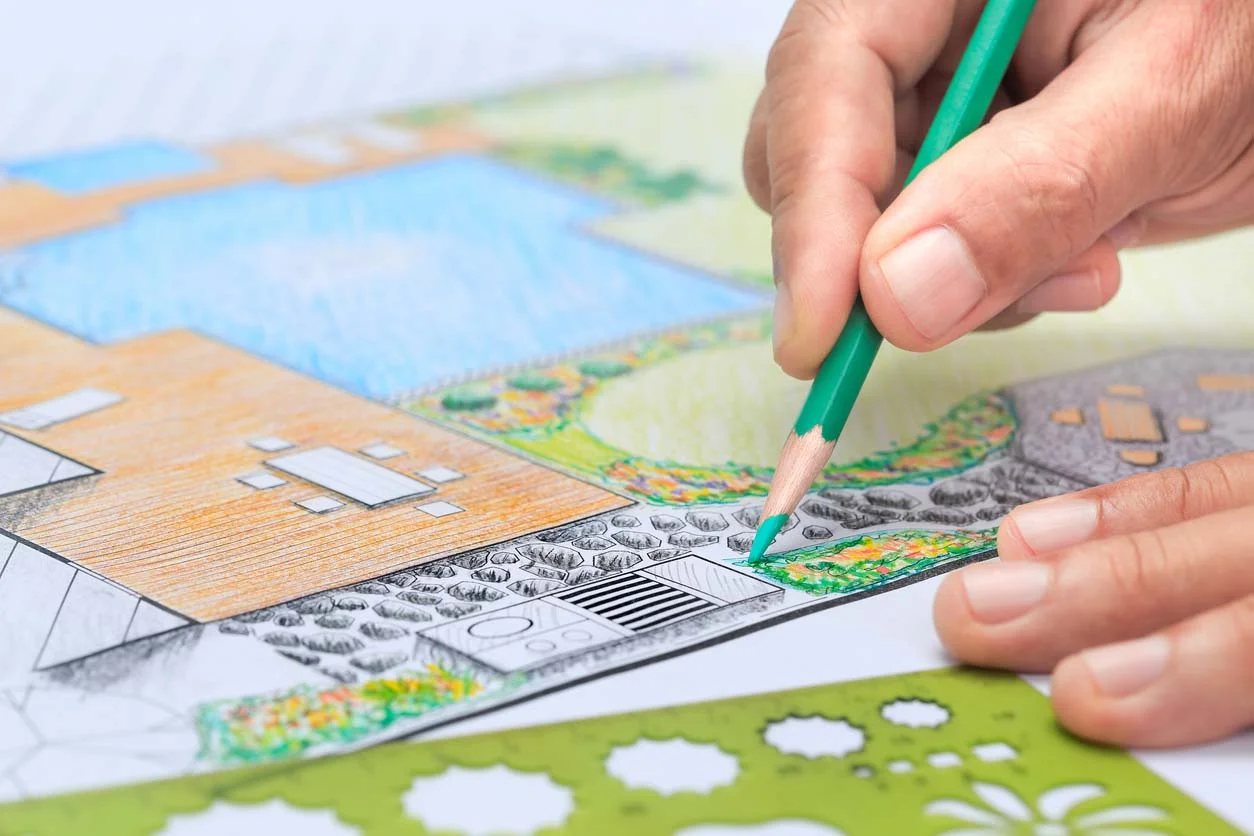
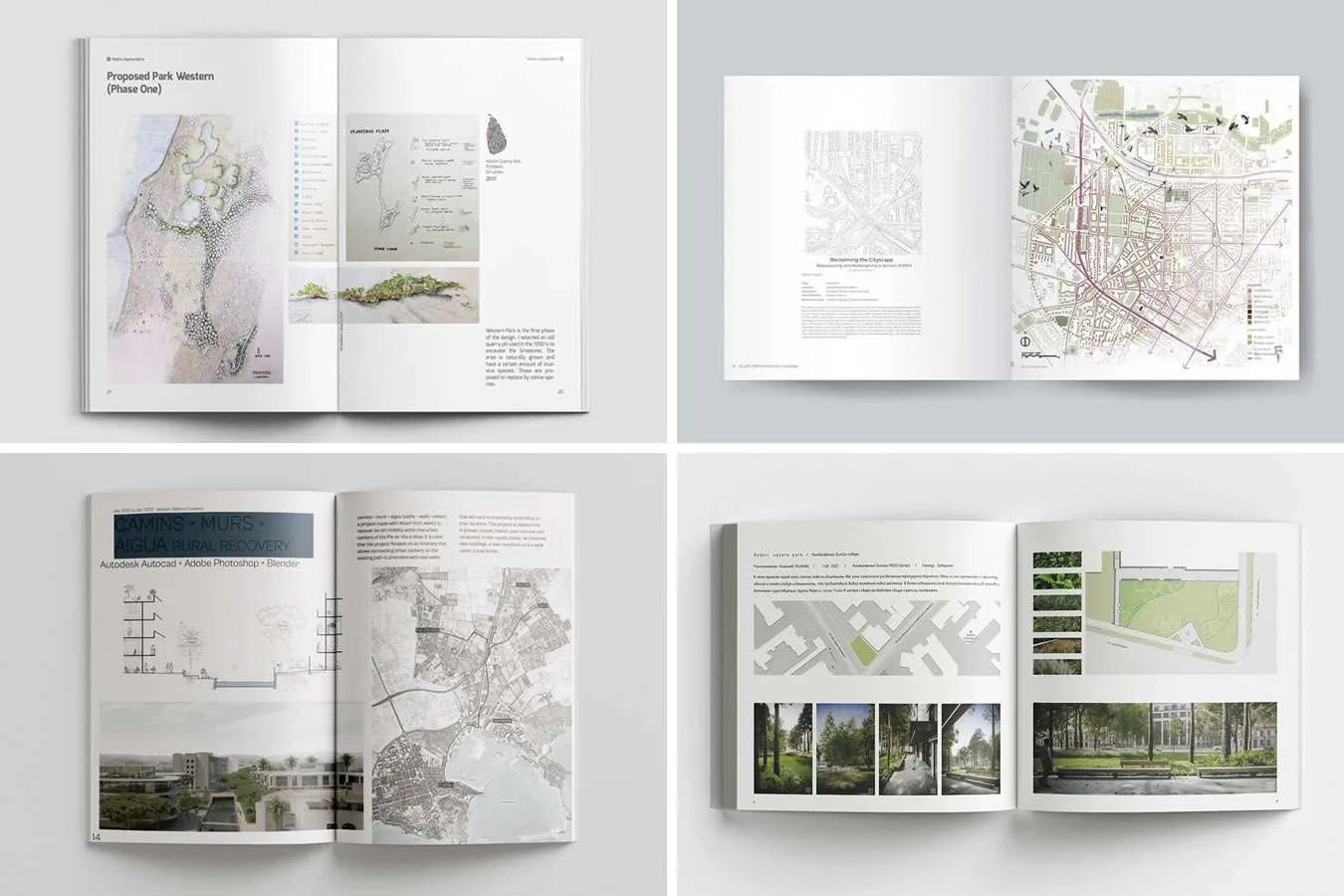
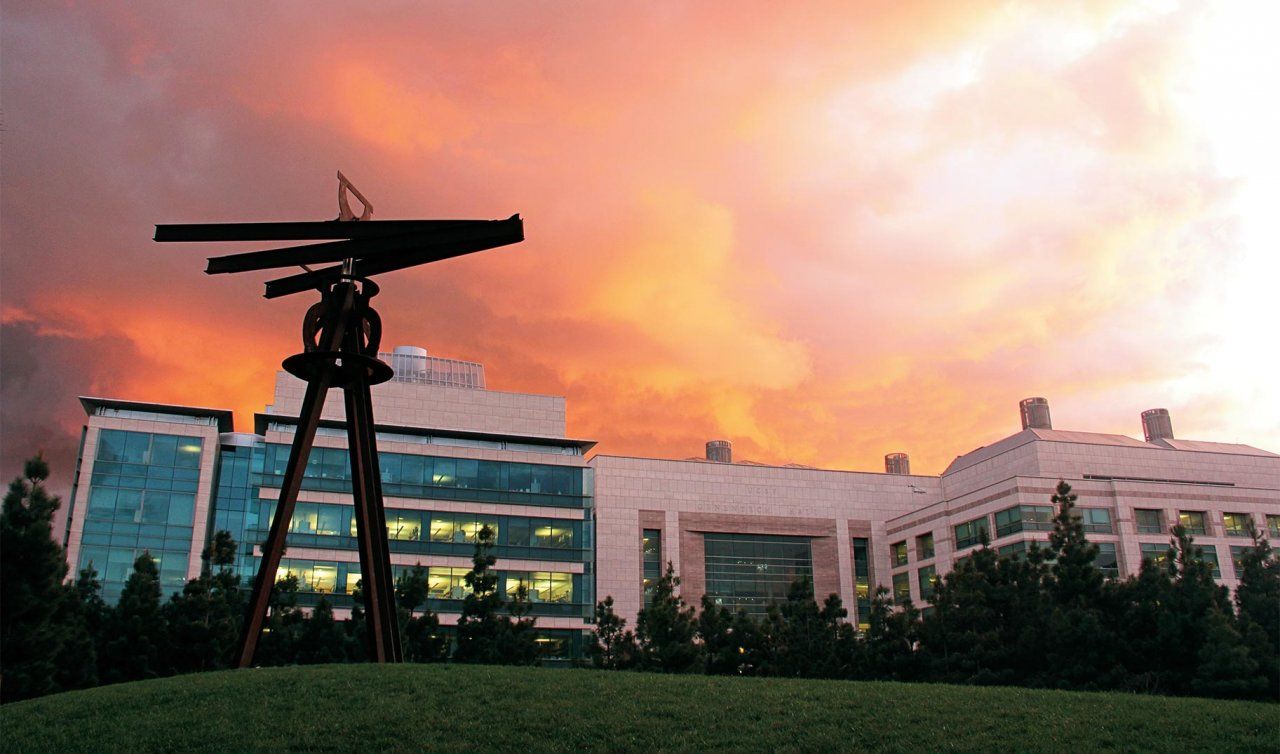
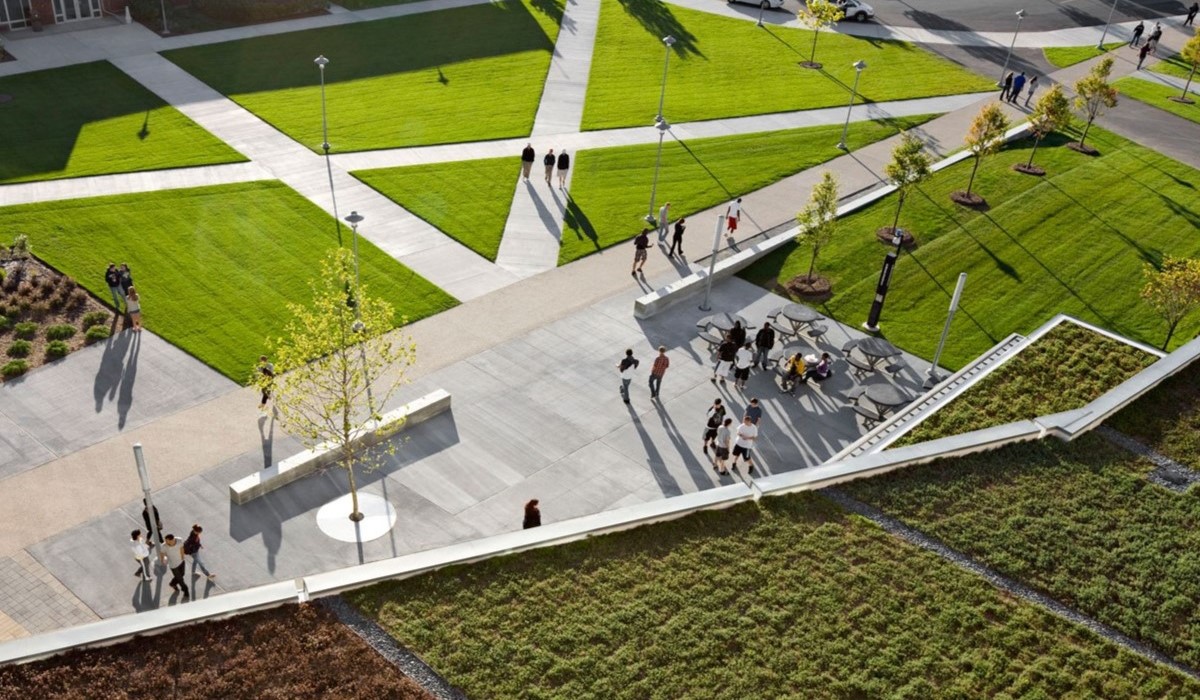
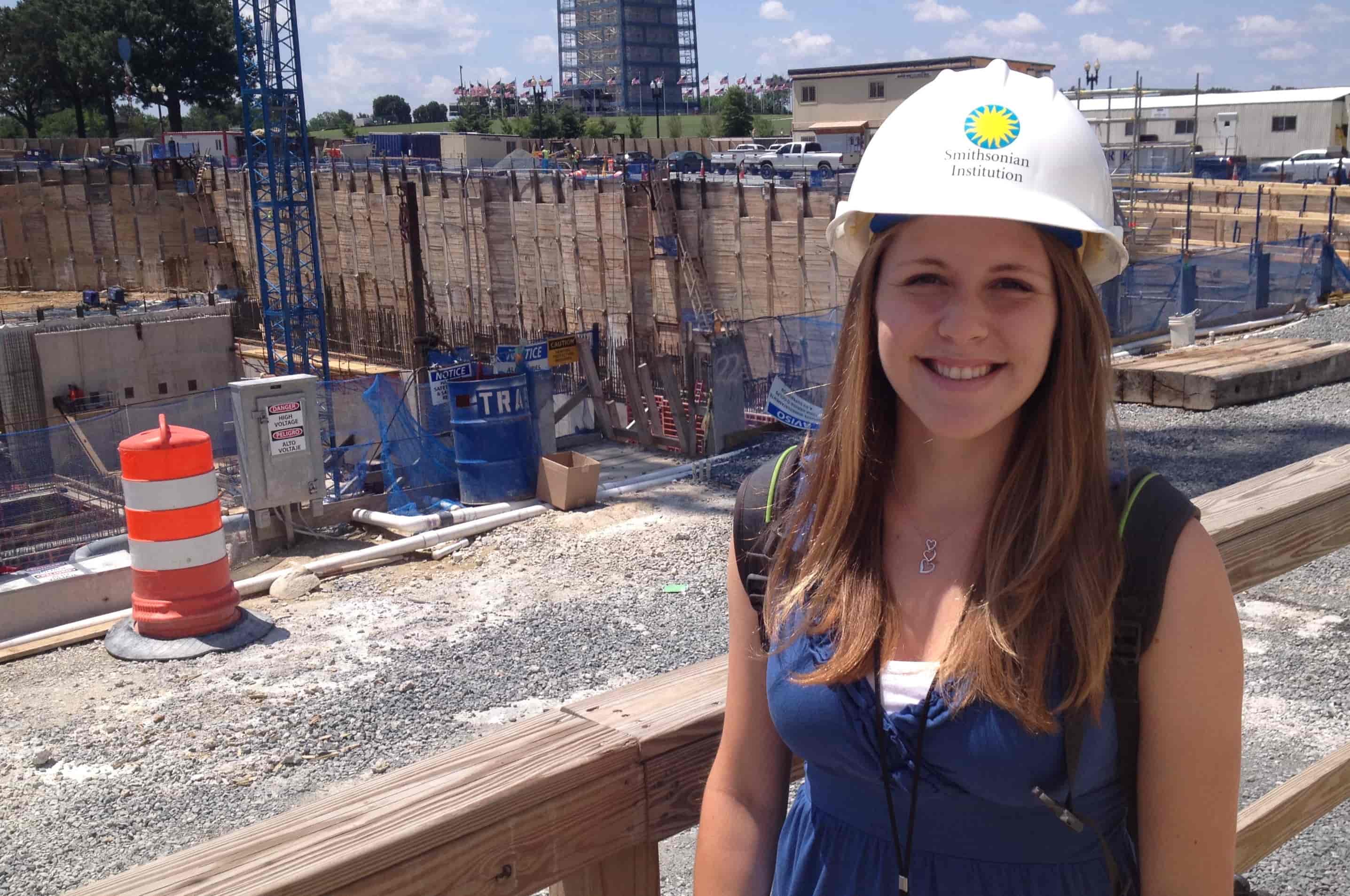



0 thoughts on “The Landscape Architect Who Led The Movement For Planned Urban Parks”